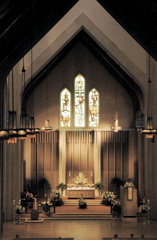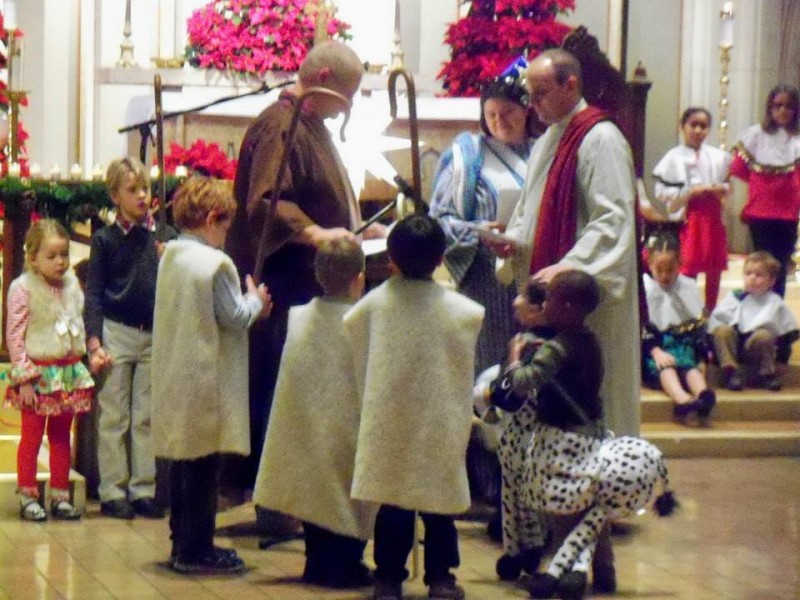Stuck (Like a Dope) on a Thing Called Hope!
STUCK (LIKE A DOPE) ON A THING CALLED HOPE!
Luke 24.13-35 1 Peter 3.13-22
Warner M. Bailey
The road to Easter travels from ugliness to beauty; from sadness to joy. The road to Easter travels from loneliness to community; from separateness to family; from being scattered to being gathered together again. The road to Easter travels from subsisting off of dead traditions to living by Scriptures that flame up in your hearts. The road to Easter travels from hopes, dashed to the depths, to the heights of hopes unheard of; from the abyss of cynicism toward life in a reborn commitment to live fully because, after all is said and done, it is worth the living.
This is road down which the Easter message traveled when disciples made the trip from Jerusalem to Emmaeus and back again. Their body language gave away how much they were crushed inside. When Jesus asked them what was going on, to give an account of themselves, all they could do was to tell him of how their hopes had been ripped out of their hearts. When Jesus began opening the Scriptures to them in a way they had never heard them explained before, their hearts began to flame up in a strange new way. When they asked Jesus into their home and gave him hospitality, he helped them in the breaking of the bread to make the final connection that the message of resurrection was indeed true. Immediately they got up from the dinner table and walked half the night back to Jerusalem to gather again with the disciples in the intensity of that first Easter’s joy. “We have seen the Lord in the breaking of the bread!”
Our Epistle Lesson today challenges us: “Always be ready to give an account of the hope that is within you.” Disciples on the road to Emmaeus were no-count in the category of hope, could give no account of hope. Only by Jesus making a home with them through Word and Sacrament did their hearts flame with hope and they desire to return to be with God’s people. Stuck (Like a Dope) on a Thing Called Hope!






